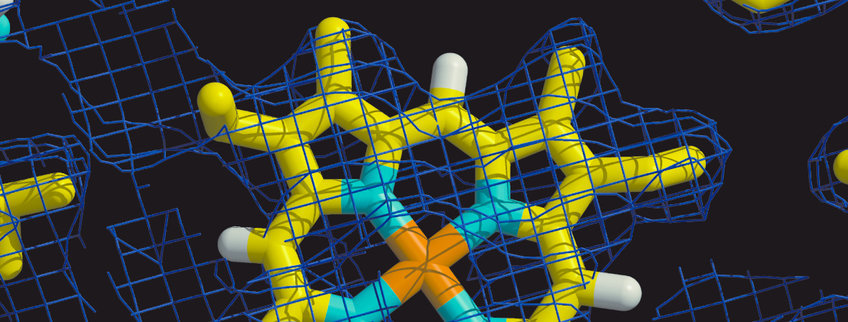
Secondary Active Transporters
Project Group of Department of Molecular Membrane Biology (MMB)
Secondary active transporters form the largest and most diverse group of membrane proteins transporting substrates across the membrane (http://www.tcdb.org/). Secondary active transporters couple the downhill flow of an ion (normally a sodium ion or a proton) according to the difference of its electrochemical potential, to the uphill transport of a substrate. The substrates can be close to anything: another ion, a sugar, a vitamin, an amino acid, or an exported protein. Thus these transporters are involved in nutrient uptake, maintenance of ion gradients and voltages, export of toxins, antibiotics and proteins.
In the past we have used a focused approach to crystallize and to determine the structure of selected secondary active transporters. In a collaborative effort with Prof. Etana Padan (Hebrew University, Jerusalem, Israel) we obtained crystals of reasonable quality of the sodium ion/proton antiporter NhaA from Escherichia coli and could determine its structure. The activity of NhaA is tightly controlled by pH, and our structure is that of a down-regulated low-pH form. We try to understand the mechanism of activation both by computational and experimental methods. Attempts to get crystals of the active high-pH forms are underway.
In a genomics-based approach, we start with the genes of secondary active transporters from Aquifex aeolicus and try to express them in Escherichia coli. In parallel we have selected homologous genes from the hyperthermophilic archaeon Pyrococcus furiosus and the pathogenic E. coli relative Salmonella typhimurium (http://www.membranetransport.org/). We want to know which of these organisms is the best source for genes with respect to expression as well as to stability and crystallisation success with the transporters. The genes are cloned into several expression plasmids in parallel under control of relatively mild promoters, and tested for expression. Membranes are purified and solubilised by addition of detergents, purified and used for crystallisation attempts.
The most essential prerequisite for crystallisation is the availability of a stable and homogeneous protein preparation. Once the stability and homogeneity are sufficient we start with crystallisation attempts. Robots are available for setting up the crystallisation plates and for incubation, remote inspection is available (see INSTRUCT). Frequently crystals are observed but they rarely diffract to high resolution as required for structure determination. For improving the quality of the crystals, detergents, precipitants, pH, lipid contents, additives, salts and temperature have to be optimised. The choice of the detergent or detergent mixture and the presence of the correct lipids is most important.
Working with target proteins without functional characterisation, it is necessary to identify their function. For this purpose, selected transport proteins are analysed by functional complementation in E. coli, or transport assays or by using solid supported membrane based electrophysiology.